Opposite angles in a cyclic quadrilateral add up to 180°
Categories: gcse geometry

A cyclic quadrilateral is a four-sided shape where each of the four vertices lies on the circumference of a circle, like this:
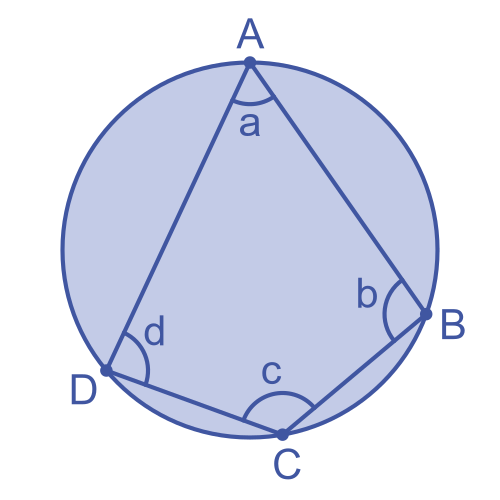
The opposite angles of a cyclic quadrilateral add up to 180°.
Here is a video:
Opposite angles in a cyclic quadrilateral
Let's look in a bit more detail at exactly what this means.
In the diagram above, the four points A, B, C, and D are all on the circle.
According to the theorem, the opposite angles add up to 180°. There are two pairs of opposite angles. a is opposite c, and b is opposite d. So the theorem tells us that:
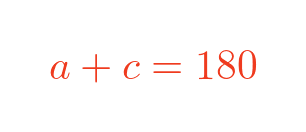
and
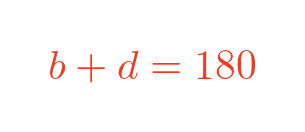
The converse is also true
It is also true that, if all four vertices do not lie on the circumference of a circle, then the opposite angles do not add up to 180°.
Here is an example:
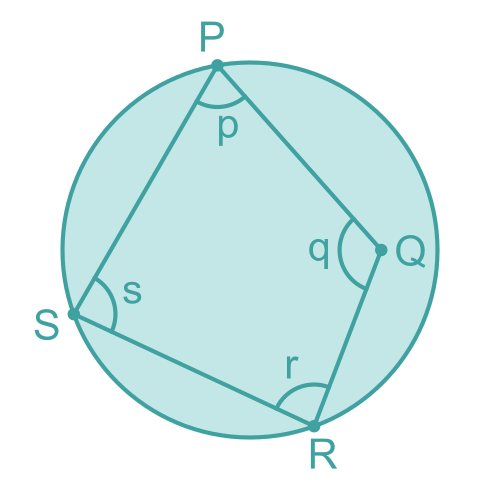
Here, P, R, and S are all on the same circle, but point Q is not. So angles p and r don't add up to 180°, and neither do angles q and s.
Notice that there is nothing special about the fact that P, R and S are all on the same circle. It is always possible to draw a circle through any three points. The only time we can't do this would be if P, R and S are all in a straight line, but in that case the shape wouldn't be a quadrilateral.
Having drawn the circle that passes through P, R and S, then for the quadrilateral to be cyclic the point Q must also be on that same circle. In this example, Q is clearly not on the circle so the quadrilateral is not cyclic.
Proof
To prove this result, we will rely on the circle theorem the angle at the centre of a circle is twice the angle at the circumference.
This diagram shows points A, B, and D from the original cyclic quadrilateral, together with the angle a:
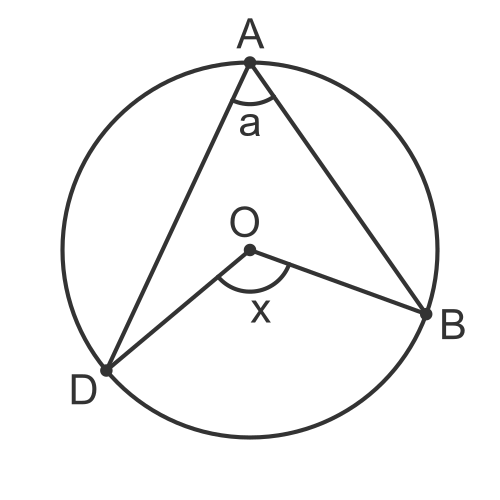
It also shows the centre of the circle, O, and the angle at the centre, x. The theorem we just mentioned tells us that the angle at the centre (x) is twice the angle at the circumference (a). So:
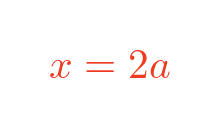
This diagram shows points C, B, and D from the original cyclic quadrilateral, together with the angle c:

It also shows the angle at the centre, y. The same theorem applies and tells that us the angle at the centre (y) is twice the angle at the circumference (c). So:
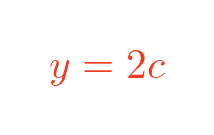
As this final diagram shows, angles x and y make a full turn (360°):

So x and y add up to 360:
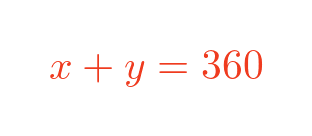
Substituting 2a for x and 2c for y gives:
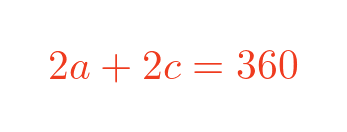
And dividing both sides by 2 gives:
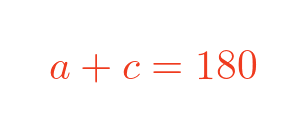
So we have proven that the opposite angles a and c add up to 180.
What about the other pair of opposite angles, b and d? Well, we know that the internal angles of a quadrilateral add up to 360, so:

Sunstituting a + c with 180 gives:

So:
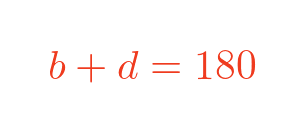
This proves that opposite angles b and d also add up to 180.
Special case when BD is a diameter
When the line BD is a diameter of the circle, it creates a special case. We know that the angle in a semicircle is a right angle, so the triangles BAD and BCD are right angles triangles. The angles at A and C are right angles. This is shown in the top left circle below:
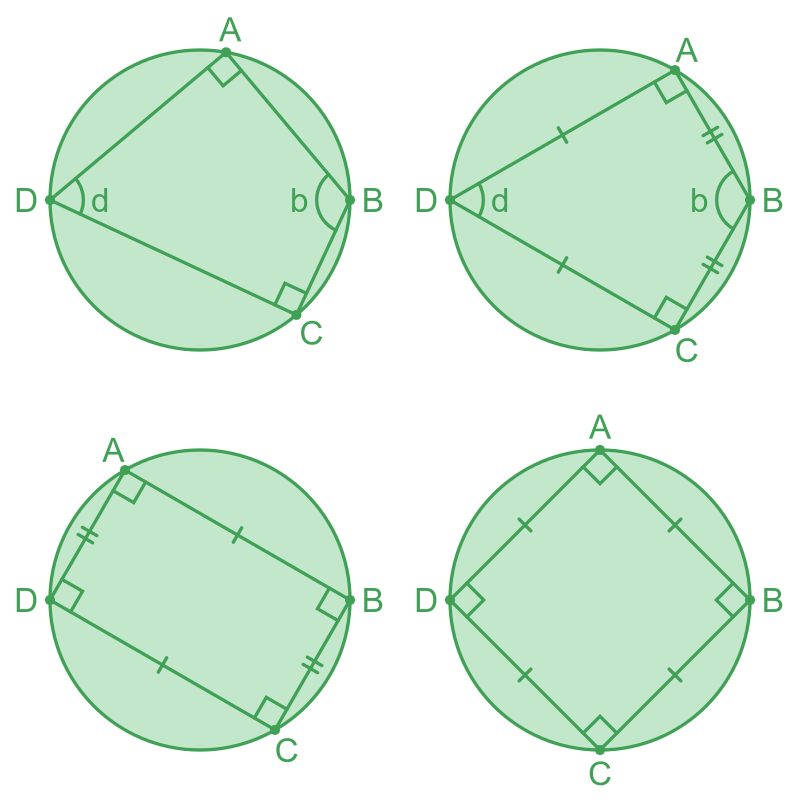
This leads to several special cases. If BA equals BC*, the shape forms a right kite. That is a kite where the two opposite angles are 90°. This is shown in the top right circle above.
If the line AC is also a diameter, then all four angles are right angles, so the shape is a rectangle. This is shown in the bottom right circle above.
Finally, if the line AC is a diameter and it is perpendicular to the diameter BD, the shape formed is a square. This is shown in the bottom right circle above.
Awkard case - quadrilateral doesn't contain the centre O
Here is a case where the quadrilateral doesn't contain the circle centre O:
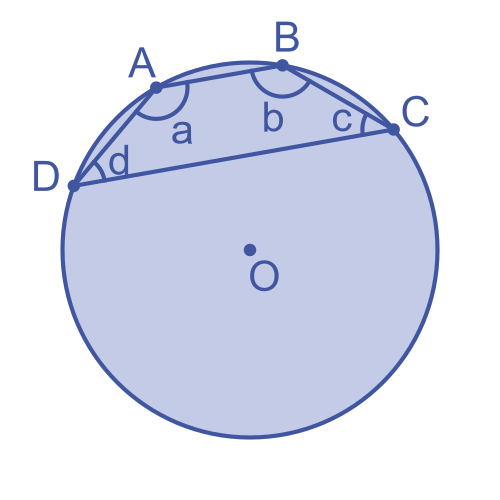
Does the rule apply here? Well yes, it does. Here is a repeat of the proof from earlier, applied to the special case. First, we can see that x equals 2a, as before:
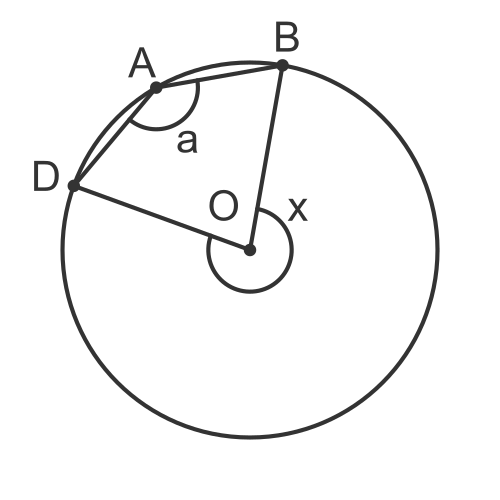
We can also see that y equals 2c:
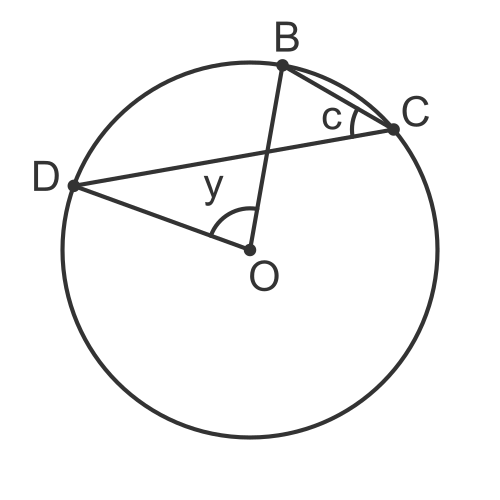
This case was covered in the angle at the centre of a circle is twice the angle at the circumference mentioned earlier.
Finally, we can see that angle x and y add up to 360°

These are the three facts that we used to prove the result earlier. These facts are still true in this special case, so the proof still holds.
See also
- Parts of a circle
- Perpendicular bisector of chord theorem
- Angle at the centre of a circle is twice the angle at the circumference
- Angle in a semicircle is 90°
- Angles in the same segment of a circle are equal
- Tangent and radius of a circle meet at 90°
- Two tangents from a point have equal length
- Alternate segment theorem
- Two radii form an isosceles triangle

Join the GraphicMaths Newletter
Sign up using this form to receive an email when new content is added:
Popular tags
adder adjacency matrix alu and gate angle answers area argand diagram binary maths cartesian equation chain rule chord circle cofactor combinations complex modulus complex polygon complex power complex root cosh cosine cosine rule countable cpu cube decagon demorgans law derivative determinant diagonal directrix dodecagon eigenvalue eigenvector ellipse equilateral triangle euler eulers formula exercises exponent exponential exterior angle first principles flip-flop focus gabriels horn gradient graph hendecagon heptagon hexagon horizontal hyperbola hyperbolic function hyperbolic functions infinity integration by parts integration by substitution interior angle inverse hyperbolic function inverse matrix irrational irregular polygon isosceles trapezium isosceles triangle kite koch curve l system line integral locus logarithm maclaurin series major axis matrix matrix algebra mean minor axis n choose r nand gate net newton raphson method nonagon nor gate normal normal distribution not gate octagon or gate parabola parallelogram parametric equation pentagon perimeter permutations polar coordinates polynomial power probability probability distribution product rule proof pythagoras proof quadrilateral questions radians radius rectangle regular polygon rhombus root sech segment set set-reset flip-flop sine sine rule sinh sloping lines solving equations solving triangles square square root standard curves standard deviation star polygon statistics straight line graphs surface of revolution symmetry tangent tanh transformation transformations trapezium triangle turtle graphics uncountable variance vertical volume volume of revolution xnor gate xor gate